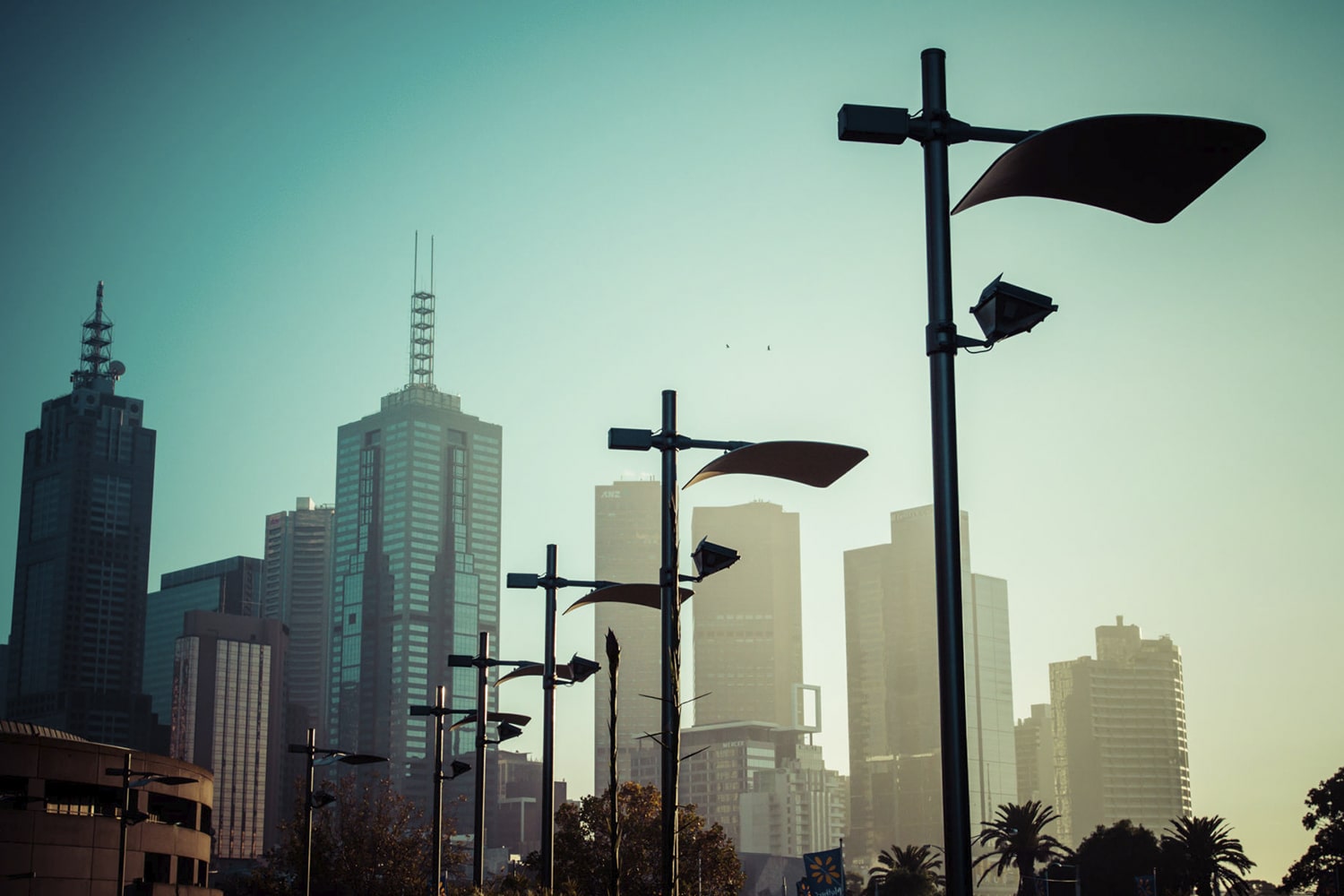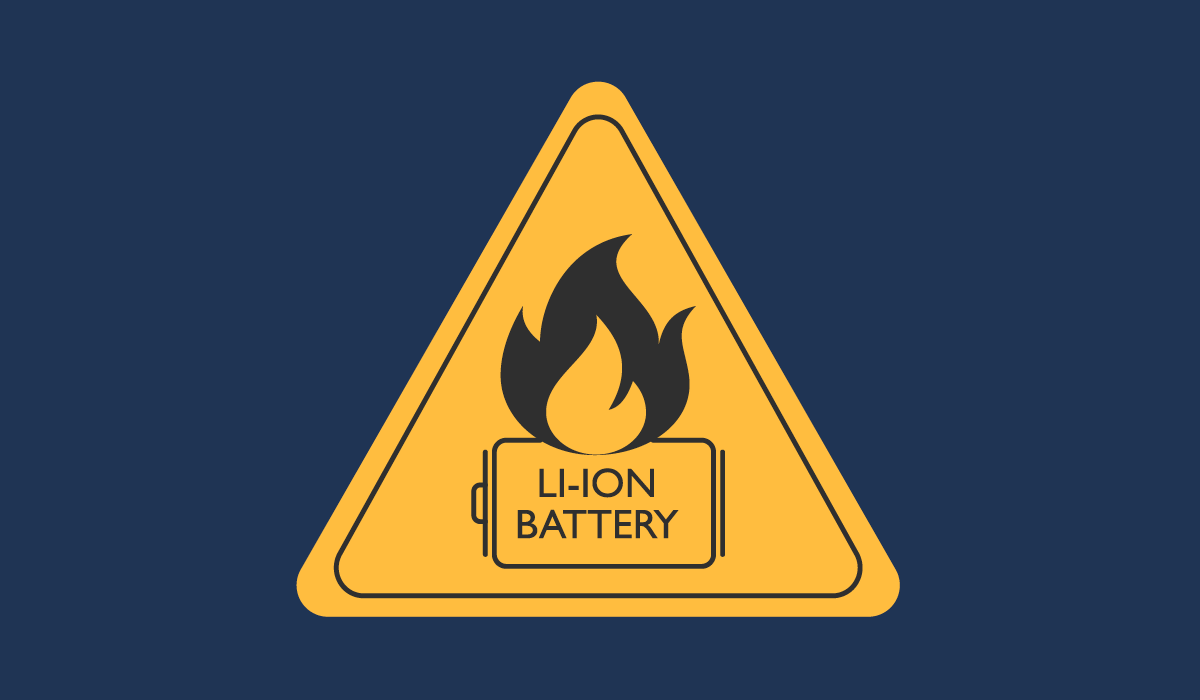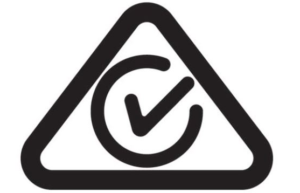



The number of fires caused by rechargeable lithium-ion batteries in Australia is increasing. The ABC reports there have been 1,000 fires related to lithium-ion batteries since January 2023. In recent weeks, a high-rise building in Adelaide was evacuated when a charging e-scooter caught fire in an apartment. In Brisbane, an e-scooter charging in the lounge room of a unit exploded and started a fire that saw two people admitted to hospital with major burns. Fire and rescue services across Australia have created a range of resources to educate the community about lithium battery safety. This overview contains some of their key takeaways so you can protect people and property in your strata community and charge lithium-ion batteries safely.
Lithium-ion batteries are commonplace items these days. In addition to e-scooters, these rechargeable batteries are used to power a range of devices including but not limited to:
Lithium-ion batteries store renewable energy. While that’s good for environmental sustainability, lithium-ion batteries aren’t like traditional batteries. They’re highly volatile which is why they’re a safety risk. The New South Wales Fire and Rescue Service says lithium-ion batteries ‘contain a massive amount of energy in a relatively small space’. The service says the rapid release of energy when a lithium-ion battery fails ‘can create explosions, highly toxic fumes and secondary ignitions’ even after the flames have been put out. What this means is if a lithium-ion battery fails, the situation has the potential to become very dangerous, very quickly.
Lithium-ion batteries are here to stay so it’s a matter of how well you manage the safety risks. These general fire and rescue service tips will help protect you, other people and your property:

Stop recharging or using a lithium-ion battery if it shows any warning signs like this:
Move the battery away from any combustible materials that can catch fire but only if it’s safe to do so.
Do not throw a damaged lithium-ion battery in the rubbish bin because there’s a risk it can cause fire in the back of a garbage truck or at a waste facility. Instead, take it to a hazardous waste disposal facility in your state or territory. If your battery isn’t damaged, take it to your nearest lithium-ion battery recycling point. Remember to use clear adhesive tape to tape over the battery terminals before putting it in the recycling bin.
If a lithium-ion battery explodes or catches fire, telephone Triple Zero (000) immediately. Try and close the door as you leave to contain the fire’s spread but only if you can do it safely. Leave the area immediately and seek urgent medical attention if you’ve breathed in smoke or toxic fumes.
This lithium-ion battery safety overview draws on advice from fire and rescue services around Australia. Their advice will keep you, your property and the people in your strata community safe. Follow these links to the fire and rescue service in your state or territory for more information:
Fire Safety Victoria: Fire safety for e-bikes, e-scooters and other light electric vehicles
Fire and Rescue New South Wales: Battery and charging safety plus e-bike and e-scooter battery safety
Queensland Fire and Emergency Services: Lithium-ion battery safety plus battery and charging safety
South Australian Metropolitan Fire Service: Lithium-ion batteries, tools and bikes- battery and charging safety plus lithium ion batteries
Northern Territory Fire and Rescue Service: Battery and charging safety
Australian Capital Territory Emergency Services Agency: Lithium-ion batteries
The safety risk of rechargeable lithium-ion batteries cannot be under-estimated. We’re seeing and hearing more stories in the news about lithium-ion batteries overheating and catching fire. They pose a massive risk to your personal safety and property if you don’t handle these rechargeable batteries responsibly.
The advice we’ve provided here is general in nature. We recommend you contact the fire and rescue service in your state or territory or speak with your local Whittles branch if you have any lithium-ion battery safety concerns.
Follow Whittles Body Corporate Management on LinkedIn and Facebook for more body corporate news and updates. You can also visit our Resources page for handy strata management tips.
Updated: 29 Apr 2024
We provide tailored strata management, body corporate and building management solutions for all sectors and community sizes.
Subscribe to our newsletter for the latest news
Subscribe to our newsletter for the latest news
Subscribe to our newsletter for the latest news
Follow us on Social Media
Head Office (Adelaide)
176 Fullarton Road
Dulwich SA 5065
08 8291 2300
info.adelaide@whittles.com.au
After Hours Emergency Line
1300 888 275
Head Office (Adelaide)
176 Fullarton Road
Dulwich SA 5065
08 8291 2300
info.adelaide@whittles.com.au
After Hours Emergency Line
1300 888 275
©2024 Whittles
Privacy Policy
Sitemap
Website by Algo Más
Head Office (Adelaide)
176 Fullarton Road
Dulwich SA 5065
08 8291 2300
info.adelaide@whittles.com.au
After Hours Emergency Line
1300 888 275
